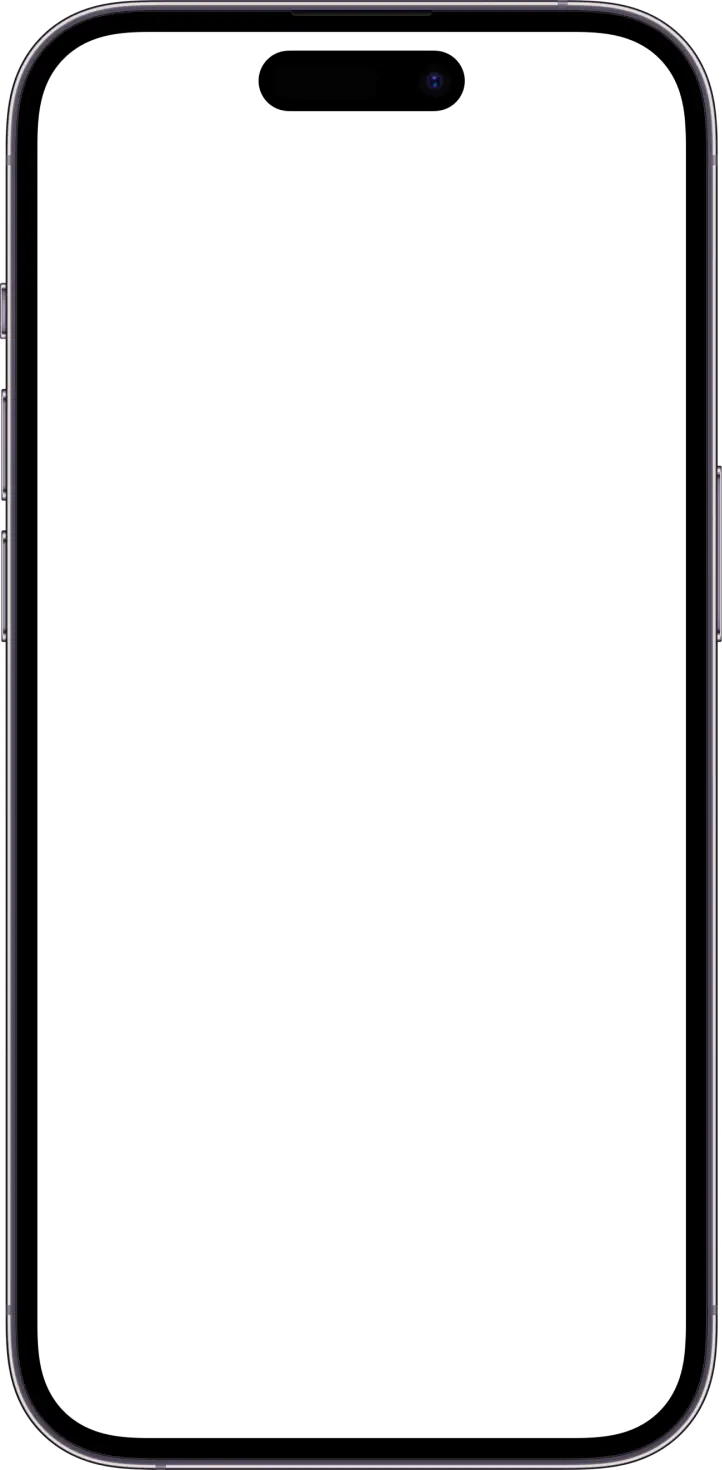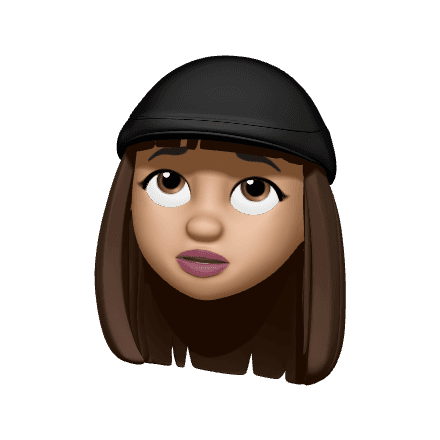About
Smart Travel is an AI-powered app that personalizes travel itineraries based on user preferences and budget.
This project showcases my full-stack development skills, where I utilized LangChain and the OpenAI API to create dynamic, real-time personalized travel guides.
The problem
Current travel tools fail to meet the needs of adventure travelers, making trip planning inefficient and frustrating.
The long process of planning a trip
Unable to adjust travel plans in time
Travel costs are opaque
The goal
Using the power of artificial intelligence, a user-friendly travel planning app has been created that streamlines the trip planning process, bridging the gap between discovery and booking, and making travel planning a breeze.
The challenges
To reach that goal, we have 3 challenges in front of us:
What did I do?
Data, desk research
Using a dataset from Google Data, I analyzed the reasons people worldwide are enthusiastic about booking trips, whether businesses meet travelers' needs, and the actions travelers take after completing their bookings.
Reasons for Booking a Trip
To convert inspiration to bookings, businesses need to ensure they meet travelers' needs.
13% of people spend time online for travel-related activities.
47% of people didn’t make a booking online when they intended to because it didn’t meet their needs.
26% of people didn’t make a booking online when they intended to because the price was too high.
Even after completing a booking, many travelers continue to research and find inspiration.
95% of people surveyed keep visiting travel-related sites after booking.
74% of people surveyed re-research a trip after completing a booking.
8% of travelers surveyed cancel and re-book their trip after completing a booking.
The data shows that while many people consider traveling, nearly half don’t book online due to unmet needs or high costs. Even after booking, most continue browsing travel sites, reflecting ongoing interest and a desire to refine their plans.
Based on the data, it can be hypothesized that users are seeking a travel app that offers more personalized and flexible options.
Define user flow
CHALLENGE 2
How to ensure that the AI system can understand and effectively respond to users needs?
Prompt Engineering
Develop user-based prompts
Based on the hypothesis and user journey, we collected the needs of target users. Next, we will use the AUTOMAT framework to design accurate input and output.
Prototype Testing
We developed a prototype using Langchain and Python, allowing users to input destination, dates, budget, and preferences. AI-generated prompts guide users in creating personalized travel itineraries for a seamless planning experience.
CHALLENGE 3
How to Iterate and Enhance the Impact of the Travel Planner?
Visual Exploration
iteration
Based on the feedback we collected from the user study, I iterated the design in the following aspects:
Enhanced Content Generation
Incorporate trending destinations, top-rated activities, and favored eateries into travel itineraries based on popular travel guides, and provide booking portals to create a seamless experience.
Dynamic Editing
The ability to add and remove desired sights and attractions in the travel plan.
Travel Time Estimates
Provides travel time predictions to help plan the day efficiently.
Information Integration:
Add or remove local cultural background, real-time weather, and local emergency contacts.
Up-to-Date Information
Provide travelers with current destination details, including safety advisories, weather updates, emergency contacts, and transportation.
Personalization
Advanced settings and filters to select activities that match your preferences.



































